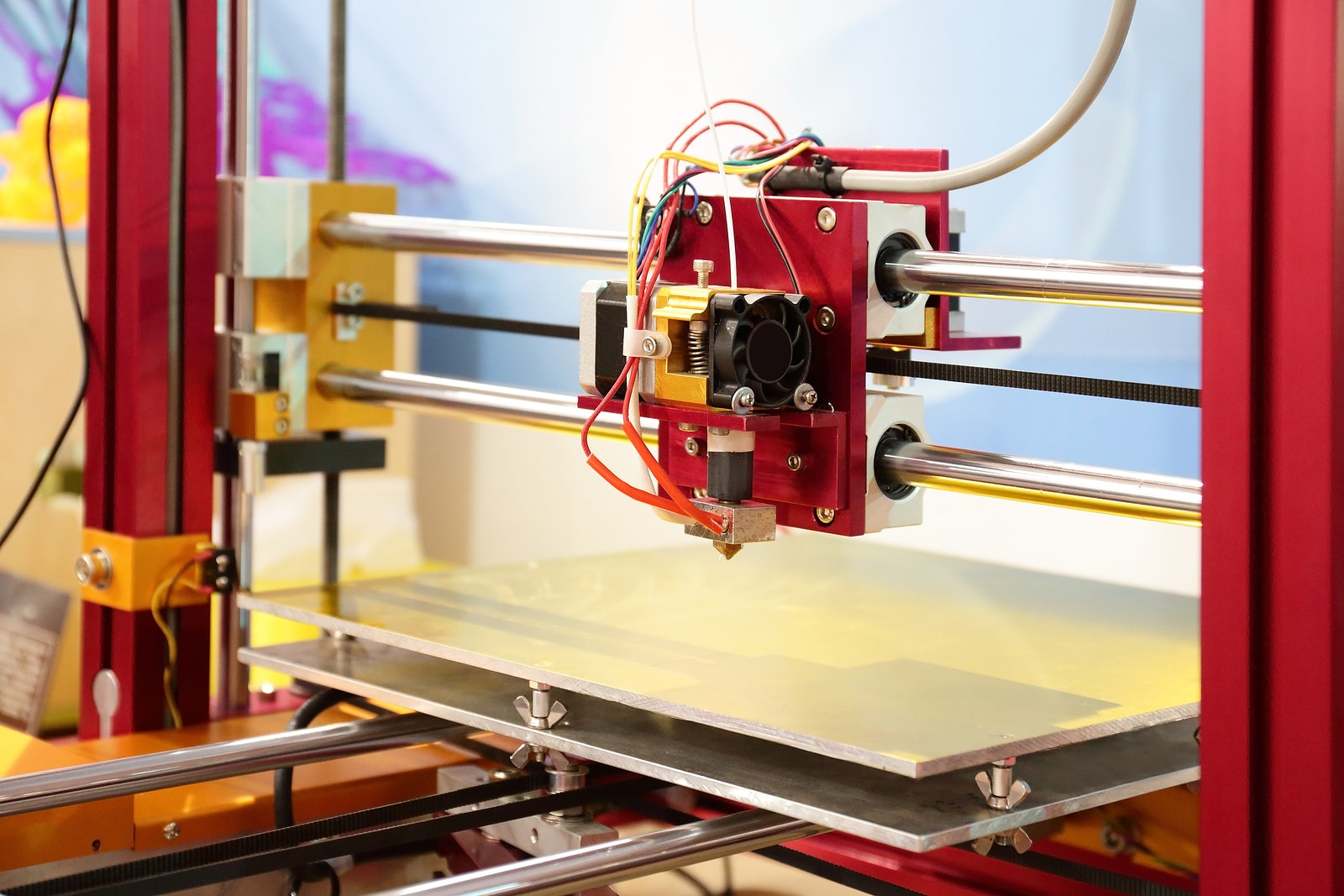
More than five million people in the United States have been diagnosed with epilepsy or other seizure disorders, according to the Centers for Disease Control and Prevention. Three million people suffer from active epilepsy. Almost 16% of those active sufferers are children.
Epilepsy costs the United States more than $15 billion every year to ensure victims of the disorder are treated and cared for – developing drugs, providing treatment and more.
There was a breakthrough in 2015, however, when the U.S. Food and Drug Administration approved a drug called Spritam®. The drug was developed to treat partial onset seizures, myoclonic seizures, and primary generalized tonic-clonic seizures.
It is now available in the U.S. market.
The First 3D-Printed Epilepsy Treatment
What makes this epilepsy drug different than others that have come before it?
It can be printed, for one.
Spritam is the first FDA-approved 3D-printed drug for epilepsy. Aprecia Pharmaceuticals, working in tandem with ZipDose® Technology, have created a pill that is as patient-friendly as possible.
Don Wetherhold, the CEO of Aprecia, said in a statement that his company explored ways to use their 3D printing technology in the prescription drug field. They worked to identify disease areas that needed alternative options for treatment.
Enter Spritam.
“Spritam is designed to transform what it is like to take epilepsy medication, and is the first in a line of products we are developing to provide patients and their caregivers with additional treatment options,” said Wetherhold.
You Might Also Enjoy: Scientists Invent 3D Printer Capable of Creating Human-Scale Body Parts and Tissues
Aprecia’s ZipDose Technology combines formulation science with 3D printing capabilities to produce a high-dose medication for sufferers of epilepsy. The printing technology was initially developed at the Massachusetts Institute of Technology about 30 years ago as a method for rapid prototyping. It evolved into tissue engineering and pharmaceuticals, and now, Aprecia is using it to improve medication for patients around the world.
Patient-Friendly Dosing
The pill is designed to make the treatment as comfortable as possible for patients. With almost 500,000 children suffering from active epilepsy – and people aged 65 years or more who may have difficulty taking medication – swallowing pills was a consideration for Wetherhold and Aprecia.
Spritam is designed to rapidly disintegrate with a sip of liquid, even at high dose loads.
“In my experience, patients and caregivers often have difficulty following a treatment regimen. Whether they are dealing with a swallowing disorder or the daily struggle of getting a child to take his or her medication, adherence can be a challenge,” said Marvin H. Rorick III, M.D., neurologist at Riverhills Neuroscience in Cincinnati, Ohio. “Especially for children and seniors, having an option for patients to take their medication as prescribed is important to managing this disease.”
Indications and Usage
Spritam is currently available, and it comes in four unit-dose strengths – 250 mg, 500 gm, 750 mg, and 1,000 mg. It can be used with other medicines to treat partial onset seizures in people four years of age and older with epilepsy and myoclonic seizures. It can be used in people 12 years of age and older with juvenile myoclonic epilepsy, and primary generalized tonic-clonic seizures in people six years of age and older with certain types of generalized epilepsy.
The drug is recommended for use in people weighing 20 kg (44 lbs) or more.









